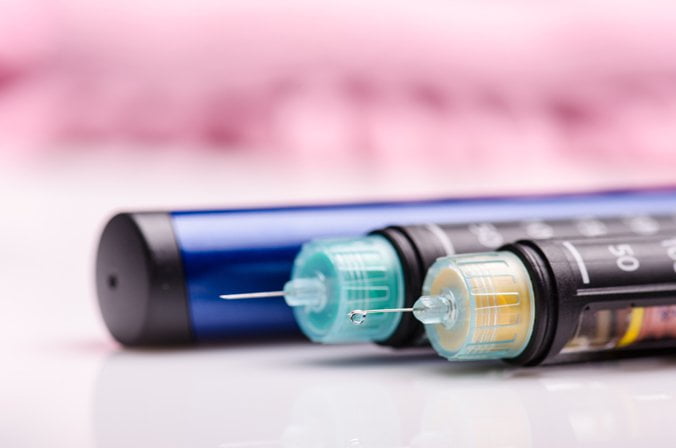 HOUSTON — People with diabetes threw out sharps safely when they were instructed in the correct disposal method, according to findings presented at the American Association of Diabetes Educators annual meeting.
HOUSTON — People with diabetes threw out sharps safely when they were instructed in the correct disposal method, according to findings presented at the American Association of Diabetes Educators annual meeting.
“Just distributing information may not be as valuable as taking time to provide proper instruction on home sharps disposal,” Jana Wardian, PhD, MSW, research director, at the Diabetes Center of Excellence and research assistant professor at the Uniformed Services University Wilford Hall Medical Center in Lackland, Texas, told Endocrine Today. “Our guess is that written information can be ignored, but taking time to talk about this issue will be more impactful.”
Wardian and Captain Timothy Corbin, PharmD, of the department of pharmacy at Wilford Hall Ambulatory Surgical Center at Lackland Air Force Base, recruited 249 adults with diabetes (mean age, 56.29 years; 48.2% women) who attended the Diabetes Center of Excellence between January and March 2017 to complete a survey to ascertain sharps disposal practices. Following the initial survey, a local pharmacy began including stickers warning against incorrect disposal and providing instructions about the correct method with insulin needle prescriptions. The researchers then recruited 252 participants from the Diabetes Center of Excellence between November 2018 and February 2019 to complete the same survey.
The researchers found that 50.2% of participants were throwing out sharps in a safe manner prior to the addition of the stickers. They noted 30% of those who completed the survey reported that they did not protect sharps for disposal.
During the pharmacy intervention, the researchers reported that 72.6% of those who received a prescription were also taught how to correctly throw out sharps. This compared with a rate of 58.1% for those who retrieved their prescription from different pharmacies in the San Antonio Military Health System (P = .02), according to the researchers, who noted that the odds that an individual would throw out their sharps in the correct manner were increased when instruction was provided vs. when it was not (P < .001).
“Home sharps disposal is a patient safety issue. Our military population is transient, and they will need to understand how to properly dispose of sharps with each new duty station. Laws regarding disposal of sharps vary by state and need to be clearly communicated to the patients,” Wardian said. “Providing instruction on home sharps disposal has an impact on behavior. It’s worth the health care provider’s time to ensure patients know what to do.” – by Phil Neuffer
[“source=healio”]






